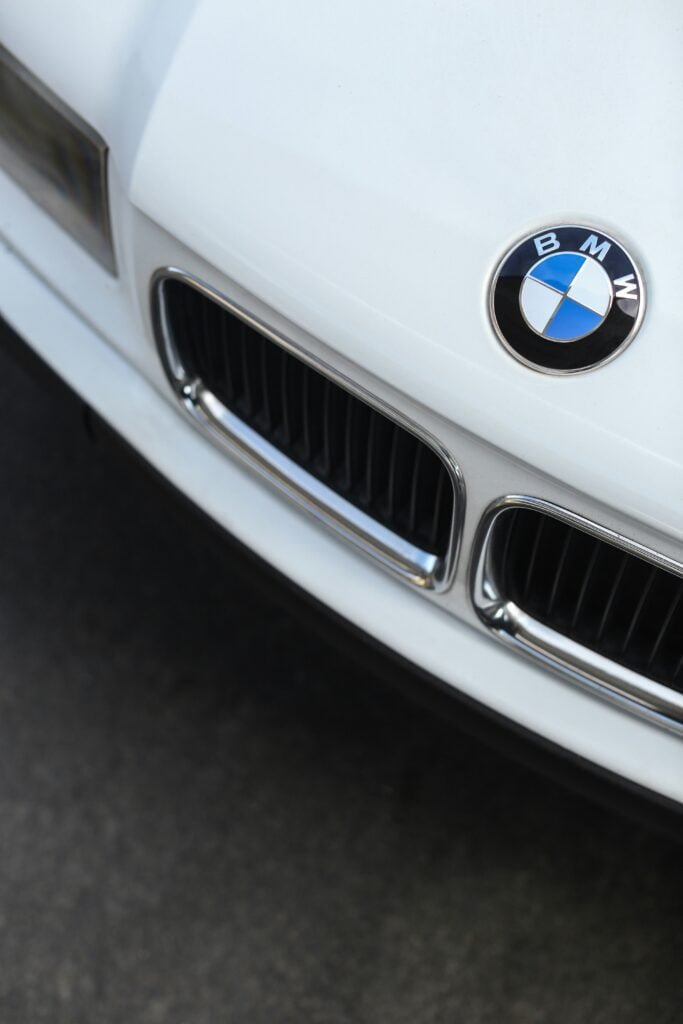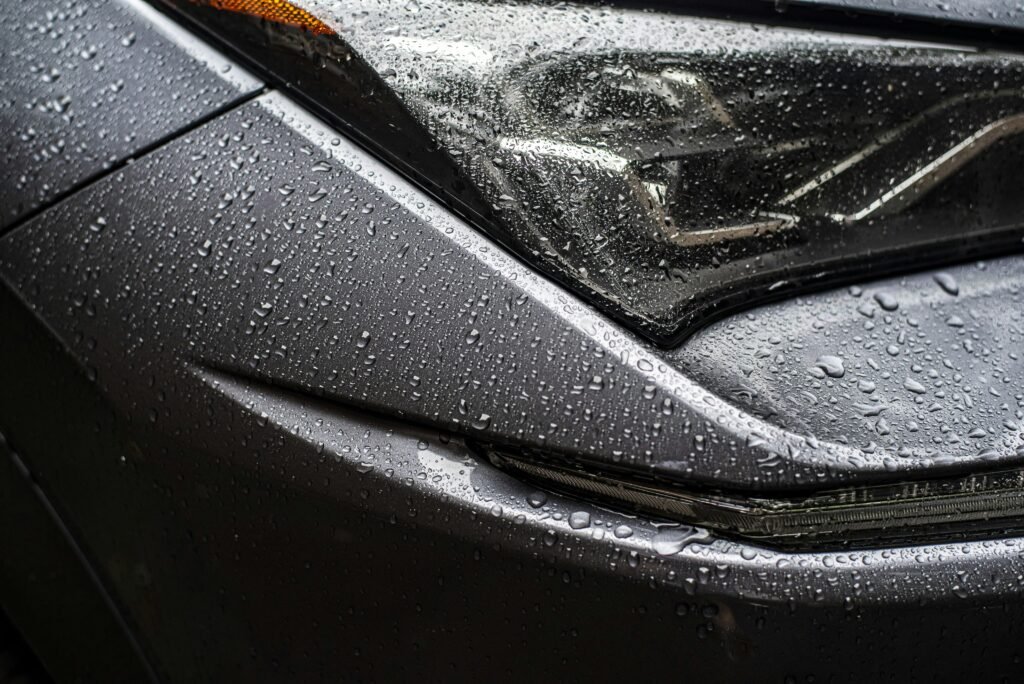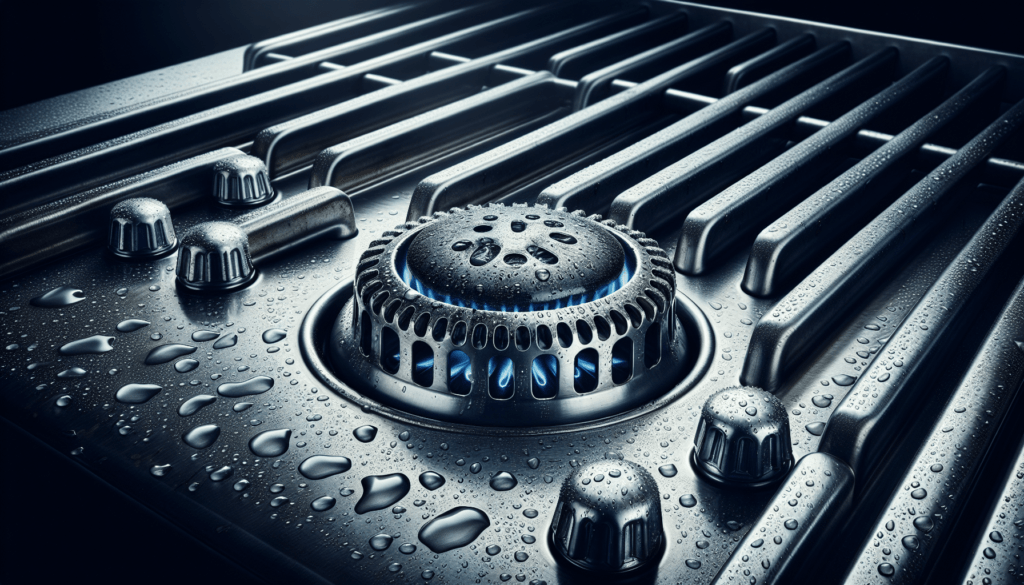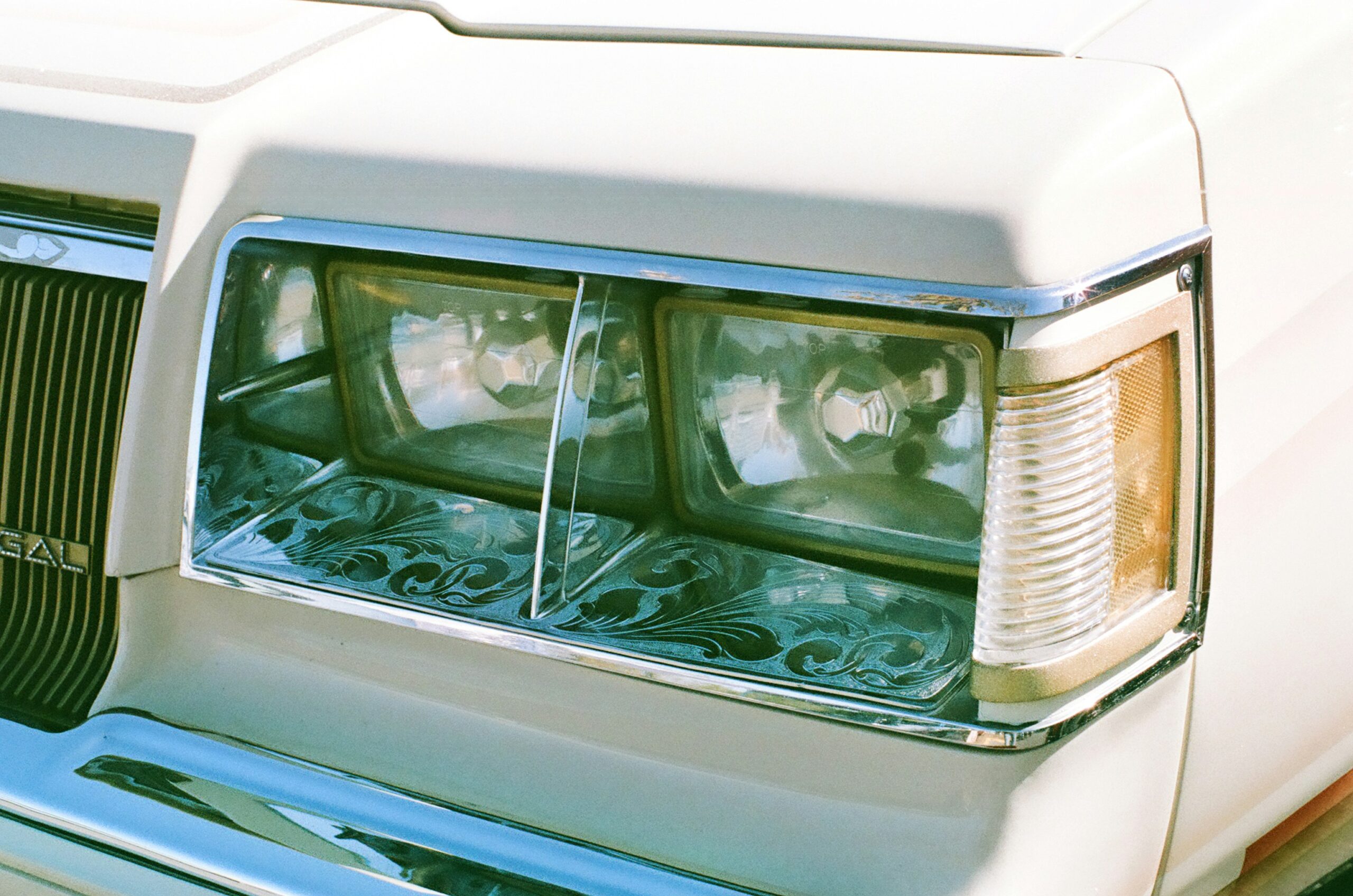Have you ever looked at your gas grill and wondered how to keep it performing at its best? Cleaning your gas grill burner may seem like a daunting task, but with the right steps and a little patience, it can be simpler than you think. Your gas grill is an investment and maintaining it correctly helps ensure it continues to grill your favorite foods perfectly every time.
Why Is It Important to Clean Your Gas Grill Burner?
Cleaning your gas grill burner is essential for several reasons. Regular maintenance not only extends the life of your grill but also ensures safe and efficient operation. When burners are clogged with grease, grime, or food residue, they can produce uneven heat, leading to poorly cooked meals. Moreover, a clean grill is less likely to suffer from flare-ups, making your grilling experience safer.
Tools You Will Need
Before diving into the cleaning process, it’s important to assemble your tools. Having everything ready will make the job quicker and more efficient.
| Tool | Purpose |
|---|---|
| Brush or Grill Brush | To scrub away food particles and grease from the grill and burners |
| Paper Clips or Wire | To unclog the tiny burner holes |
| Soapy Water | To clean the grill grates and other removable parts |
| Towel or Cloth | To dry the cleaned parts |
| Work Gloves | To protect your hands |
| Screwdriver | To remove the burner for better cleaning access |
Step-by-Step Cleaning Process
Let’s break down the cleaning process into manageable steps. These steps will guide you through safely and effectively cleaning your gas grill burner.
Step 1: Turn Off and Disconnect the Gas Supply
Safety should always be your top priority. Before starting any cleaning, ensure that the gas supply is turned off. Disconnect the gas tank from the grill. This step is crucial to prevent any accidental gas leakage while you’re cleaning.
Step 2: Remove the Grill Grates and Other Components
Before you can clean the burners, you’ll need to remove the grill grates and any other removable components. Most gas grills have grates that can easily be lifted out. Carefully take these parts off the grill and set them aside.
Step 3: Clean the Grill Grates
The grill grates often gather the most grime. Scrub them with a grill brush or a scrubber in soapy water. If they are particularly dirty, allow them to soak in the soapy water for a few minutes before scrubbing. Rinse them off thoroughly and let them dry.
Step 4: Remove and Examine the Burners
To clean the burners effectively, you may need to remove them. This often involves unscrewing them from the base of the grill. Once removed, carefully examine the burners for any visible signs of blockage or damage, like rust or holes.
Step 5: Clean the Burner Holes
Over time, the tiny holes in your gas burner can become clogged with debris. Using a straightened paper clip, carefully poke each hole to clear out any obstructions. This will help ensure even gas flow and consistent flame.
Step 6: Scrub the Burners
After cleaning the holes, scrub the exterior of the burners with your grill brush. If there are any stubborn spots, use soapy water and a scrubbing pad. Rinse the burners thoroughly and allow them to dry completely to avoid rusting.
Step 7: Clean the Inside of the Grill
With the burners removed, take this opportunity to clean the inside of your grill. Use a scraper to remove any large bits of food or grease. Follow up with a scrubber or brush dipped in soapy water to clean the remaining surfaces. Rinse and dry thoroughly.
Step 8: Reassemble the Grill
Once all parts are dry, it’s time to reassemble your grill. Carefully place the burners back into their respective positions and secure them with screws. Replace the grill grates and any other components you removed earlier.
Step 9: Test the Grill
Before you start cooking, it’s crucial to test your grill to make sure everything is working properly. Reconnect the gas supply and turn on the burners to check for even flame distribution. If everything looks good, you’re ready to start grilling again!

Additional Tips for Keeping Your Gas Grill in Top Shape
While a thorough cleaning a few times a year is essential, there are other day-to-day maintenance tasks that can help keep your grill in top shape.
Cover Your Grill When Not in Use
Investing in a good-quality grill cover can significantly reduce the amount of dirt and debris that accumulates on and in your grill. Keeping your grill covered when not in use also protects it from the elements, extending its lifespan.
Perform Regular Inspections
Regularly inspecting your grill can help you catch potential problems before they become major issues. Check for signs of wear and tear, such as rust or cracks in the burners, and address these issues promptly.
Preheat and Clean After Each Use
Preheating the grill before cooking not only prepares it for use but also helps burn off any leftover food particles from the last cooking session. After grilling, it’s a good idea to let the grill cool slightly and then give it a quick cleaning. Scraping off any food bits and wiping down surfaces can make your periodic deep cleaning much easier.
Troubleshooting Common Issues
Sometimes, even with proper maintenance, you might encounter issues with your gas grill. Here are a few common problems and how to address them:
Uneven Heat Distribution
If you notice that your grill is producing uneven heat, it might be due to clogged burner ports. Ensuring that these ports are clean and unobstructed should help resolve this issue. Additionally, check if all the burners are functioning correctly; sometimes, a faulty burner can lead to uneven heating.
Low Flame
A low flame can result from several factors, including a nearly empty gas tank, a clogged regulator, or closed tank valve. Check each of these components and make any necessary adjustments or replacements to restore normal flame levels.
Yellow Flame
A yellow flame often indicates an imbalance in the air-to-gas ratio. This can usually be corrected by adjusting the air shutter on the burner. Consult your grill’s manual for specific instructions on how to make this adjustment.

Avoiding Common Pitfalls
When it comes to cleaning and maintaining your gas grill, there are a few common pitfalls that you’ll want to avoid:
Using Abrasive Cleaners
While it might be tempting to use harsh chemicals or abrasive cleaners to remove stubborn grime, these can damage the surfaces of your grill. Stick to milder soapy water and soft brushes or cloths to preserve your grill’s finish.
Not Drying Components Properly
After washing the grill grates, burners, and inside surfaces, make sure everything is completely dry before reassembling your grill. Moisture can lead to rust, which can significantly reduce the lifespan of your grill components.
Skipping Regular Maintenance
Ignoring routine maintenance tasks like inspecting for wear and cleaning after each use can lead to more significant problems down the line. Make regular care a habit to keep your grill functioning effectively.
The Importance of Manufacturer’s Manual
Always refer back to your grill’s manufacturer’s manual for specific instructions related to your model. The manual often includes helpful information on disassembly, cleaning recommendations, and troubleshooting tips. Following the manufacturer’s guidelines can help you avoid accidentally damaging your grill and ensure you’re using it safely.

Environmental Considerations
Being mindful of the cleaning products you use can help protect the environment. Avoid using harsh chemicals that can be harmful to the soil and water supply. Opt for biodegradable cleaning solutions whenever possible. Moreover, properly disposing of any waste or old parts helps in keeping your cleaning process environmentally friendly.
Final Thoughts
Cleaning your gas grill burner might seem overwhelming initially, but breaking it down into these manageable steps can help make the task more approachable. Regular maintenance is key to extending the life of your grill, enhancing its performance, and ensuring your grilling experience is always enjoyable. Taking the time to properly care for your grill not only benefits your cooking but also contributes to your safety and the environment.


